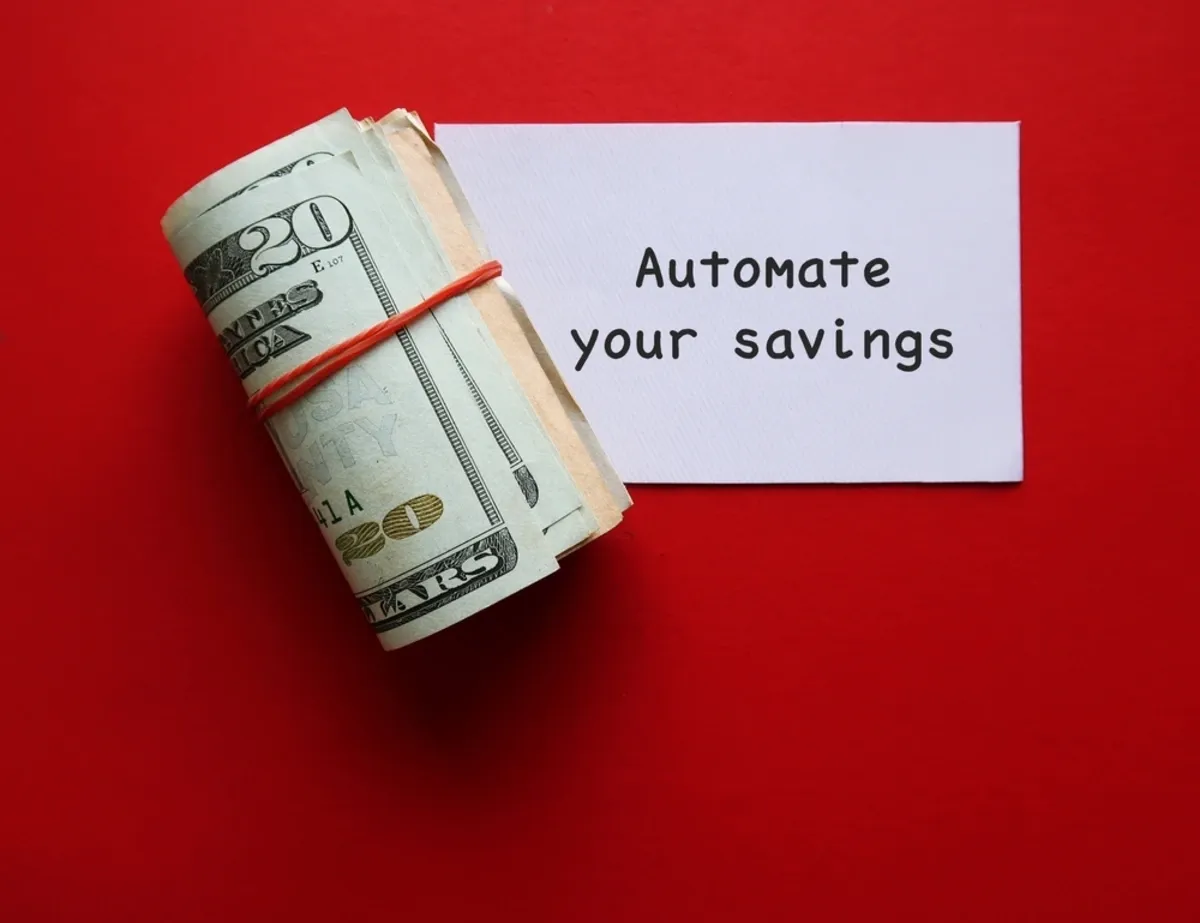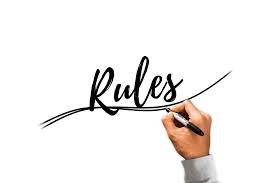🪙 Introduction: Why Most Budgets Fail (and How Yours Won’t)
Let’s be honest — creating a monthly budget sounds simple until real life happens. Bills, coffee runs, unexpected repairs — suddenly your perfect spreadsheet collapses. The truth is, most people fail to stick to their budgets because they make them unrealistic.
The good news? Building a realistic monthly budget isn’t about restricting yourself — it’s about designing a flexible plan that fits your lifestyle and goals. In this guide, you’ll learn how to track income, categorize expenses, and create a budget that actually works month after month.
💡 Step 1: Understand Why You Need a Realistic Monthly Budget
Budgeting isn’t about deprivation — it’s about freedom and control.
When you build a realistic monthly budget, you:
- Know where every dollar goes
- Avoid overspending and debt traps
- Identify unnecessary expenses
- Save for big goals (like a car, vacation, or emergency fund)
- Reduce financial stress and uncertainty
👉 A realistic budget plan helps you manage your money efficiently, without guilt or confusion. It becomes your financial roadmap, guiding daily decisions and long-term stability.
🧾 Step 2: Calculate Your Monthly Income
Start with your total take-home pay — that’s your income after taxes. Include:
| Income Source | Amount ($) |
|---|---|
| Salary / Wages | 3,000 |
| Freelance / Side Hustles | 500 |
| Investments / Dividends | 150 |
| Other Income (e.g., rental) | 100 |
| Total Monthly Income | 3,750 |
💡 Tip: If your income fluctuates, use your average income over the last 3 months to keep the budget realistic.
This step gives you a solid foundation for how much you actually have to work with each month.
🧮 Step 3: List All Your Monthly Expenses
Break down your expenses into two categories: fixed and variable.
Fixed Expenses (Same Every Month)
- Rent or mortgage
- Insurance premiums
- Loan payments
- Internet and utilities
- Subscriptions
Variable Expenses (Change Monthly)
- Groceries
- Transportation
- Entertainment
- Dining out
- Personal care
| Expense Type | Category | Average Cost ($) |
|---|---|---|
| Fixed | Rent | 1,000 |
| Fixed | Utilities | 200 |
| Variable | Groceries | 400 |
| Variable | Entertainment | 150 |
| Variable | Transportation | 250 |
| Total | 2,000 |
💬 Pro Tip: Track your spending for at least one full month using an app like Mint or You Need A Budget. This helps reveal your true spending habits — often the biggest budgeting surprise!
💰 Step 4: Set Clear Financial Goals
A budget without goals is like a map without a destination. Your goals give your money purpose.
Short-Term Goals (1–6 months)
- Build a $1,000 emergency fund
- Pay off one credit card
- Cut unnecessary subscriptions
Medium-Term Goals (6–24 months)
- Save for a vacation
- Create an investment fund
- Buy a used car
Long-Term Goals (2+ years)
- Pay off all debt
- Buy a house
- Grow your retirement savings
Write your goals somewhere visible — they’ll keep you motivated when you’re tempted to overspend.
📊 Step 5: Create Your Realistic Monthly Budget Plan
Use the 50/30/20 rule as a starting point:
| Category | % of Income | Example (for $3,000) |
|---|---|---|
| Needs (Housing, Bills) | 50% | $1,500 |
| Wants (Fun, Dining) | 30% | $900 |
| Savings & Debt Payments | 20% | $600 |
This method keeps your money management balanced — covering essentials while still enjoying life and saving for the future.
🧘 Step 6: Adjust and Make It Sustainable
The secret behind a realistic budget is flexibility. Don’t beat yourself up for small mistakes — budgeting is a learning process.
✅ Review your budget weekly.
✅ Adjust categories as needed.
✅ Keep 5–10% as a buffer for surprises.
When you treat your budget as a living document, it evolves with your income, goals, and lifestyle.
🪙 Step 7: Use Budgeting Tools and Apps
Technology can simplify your financial life. Here are some top budgeting apps:
| App Name | Best For | Highlights |
|---|---|---|
| Mint | Beginners | Free, tracks all expenses automatically |
| YNAB (You Need A Budget) | Serious planners | Goal-based budgeting, proactive saving |
| PocketGuard | Overspenders | Shows how much is safe to spend daily |
| GoodBudget | Families | Envelope-style budgeting for shared goals |
💡 Try at least one app for a month — automation can turn financial chaos into clarity.
💳 Step 8: Cut Unnecessary Expenses
To make your monthly budget realistic, you must identify and trim wasteful spending.
Here are easy ways to save:
- Cook at home 3 more times per week
- Cancel unused subscriptions
- Switch to generic brands
- Use cashback apps for groceries
- Lower utility bills by conserving energy
Even small adjustments can save $100–$300 per month — money that could grow your emergency fund or debt repayment.
💵 Step 9: Build an Emergency Fund
A realistic monthly budget always includes a safety cushion.
Aim to save 3–6 months of living expenses in a separate account.
Why it matters:
- Protects against job loss or medical bills
- Reduces credit card reliance
- Provides peace of mind
Start small — even $50 per month builds resilience over time. For more on this, check out our related post: How to Build an Emergency Fund the Smart Way.
💼 Step 10: Track, Review, and Improve Monthly
Budgeting isn’t “set and forget.” It’s a continuous feedback loop.
Every month:
- Compare your planned vs. actual spending.
- Identify areas for improvement.
- Celebrate your wins (even small ones).
Keeping a budgeting worksheet or using Google Sheets helps visualize your progress — turning numbers into motivation.
📈 Realistic Budget Example (for $3,000 Income)
| Category | Budget ($) | Actual ($) | Difference |
|---|---|---|---|
| Housing & Utilities | 1,200 | 1,180 | +20 |
| Groceries | 350 | 400 | -50 |
| Transportation | 250 | 240 | +10 |
| Entertainment | 150 | 130 | +20 |
| Savings | 300 | 300 | 0 |
| Debt Payments | 250 | 250 | 0 |
| Total | 2,500 | 2,500 | ✅ Balanced |
This table helps you monitor your spending accuracy and make gradual improvements each month.
🌱 Bonus: 5 Quick Budgeting Tips That Actually Work
- Automate savings — treat savings like a bill.
- Use cash envelopes for variable categories.
- Set calendar reminders for bill due dates.
- Review bank statements monthly to spot leaks.
- Reward yourself for staying consistent!
❓ FAQs About Creating a Realistic Monthly Budget
1. What’s the best way to start budgeting for beginners?
Begin with tracking your expenses for one month. Once you understand your spending habits, use a simple budget template or app to organize income and expenses.
2. How do I make sure my budget is realistic?
Base your numbers on actual data — not guesses. Use averages from past months, and include a small buffer for unplanned costs.
3. Should I use the 50/30/20 rule or create my own?
The 50/30/20 rule is a great starting point, but tailor it to your lifestyle and financial goals.
4. How can couples or families budget together?
Combine incomes, agree on shared expenses, and schedule monthly budget meetings to review progress.
5. What if I can’t stick to my budget?
Don’t give up — analyze why. Adjust categories, simplify goals, or use automated budgeting tools for accountability.
🚀 Conclusion: Your Budget = Your Freedom
Creating a realistic monthly budget isn’t about restriction — it’s about empowerment.
By understanding your cash flow, setting clear goals, and making small consistent changes, you take control of your financial future.
Remember, a realistic budget evolves with you — track, adjust, and stay patient.













Leave a Reply